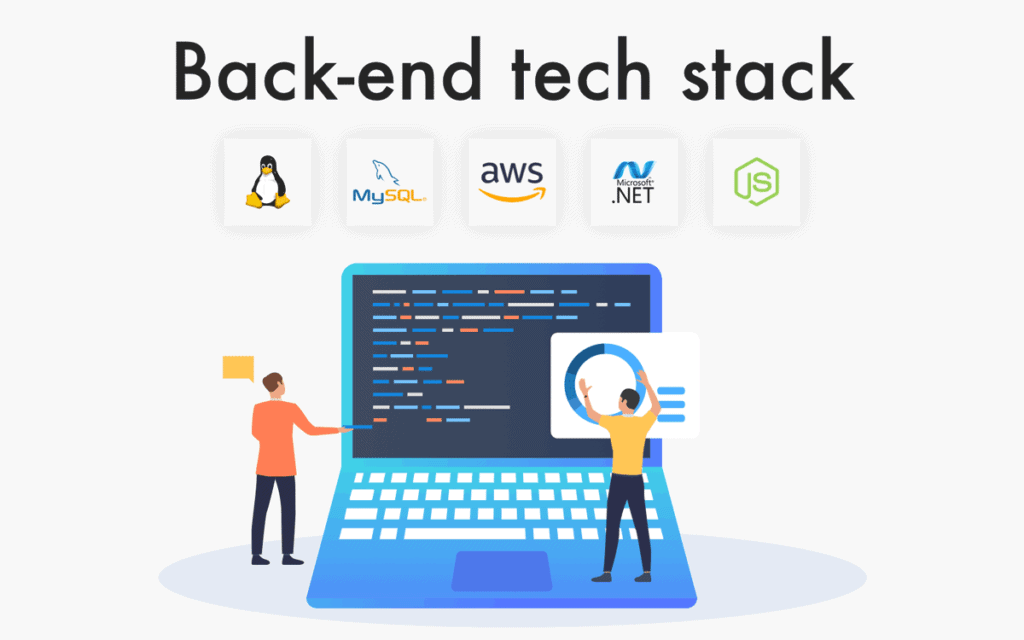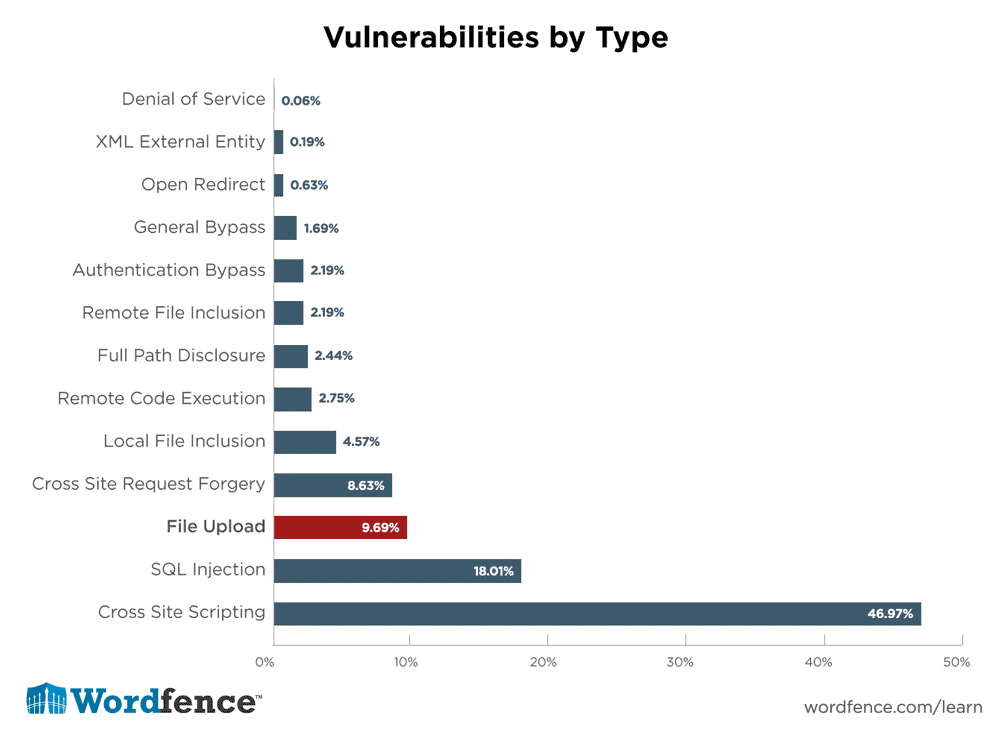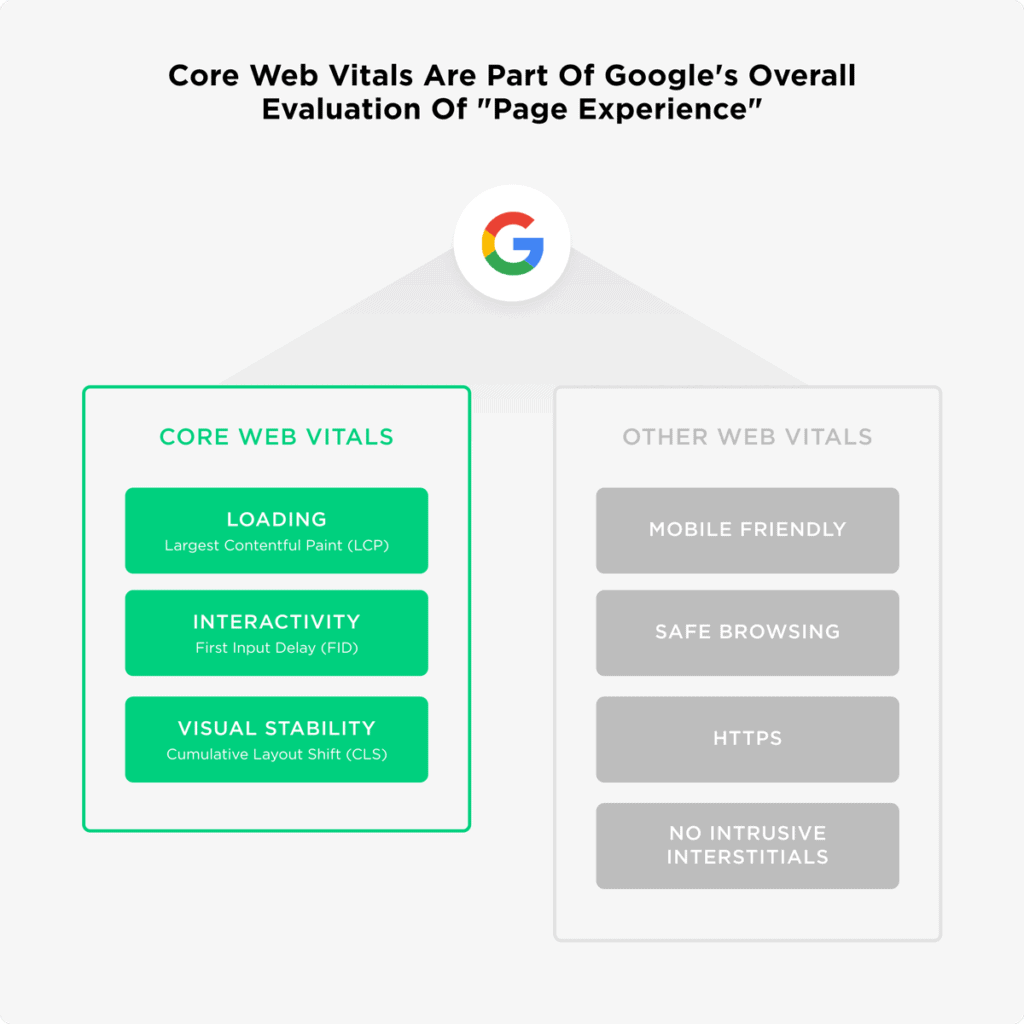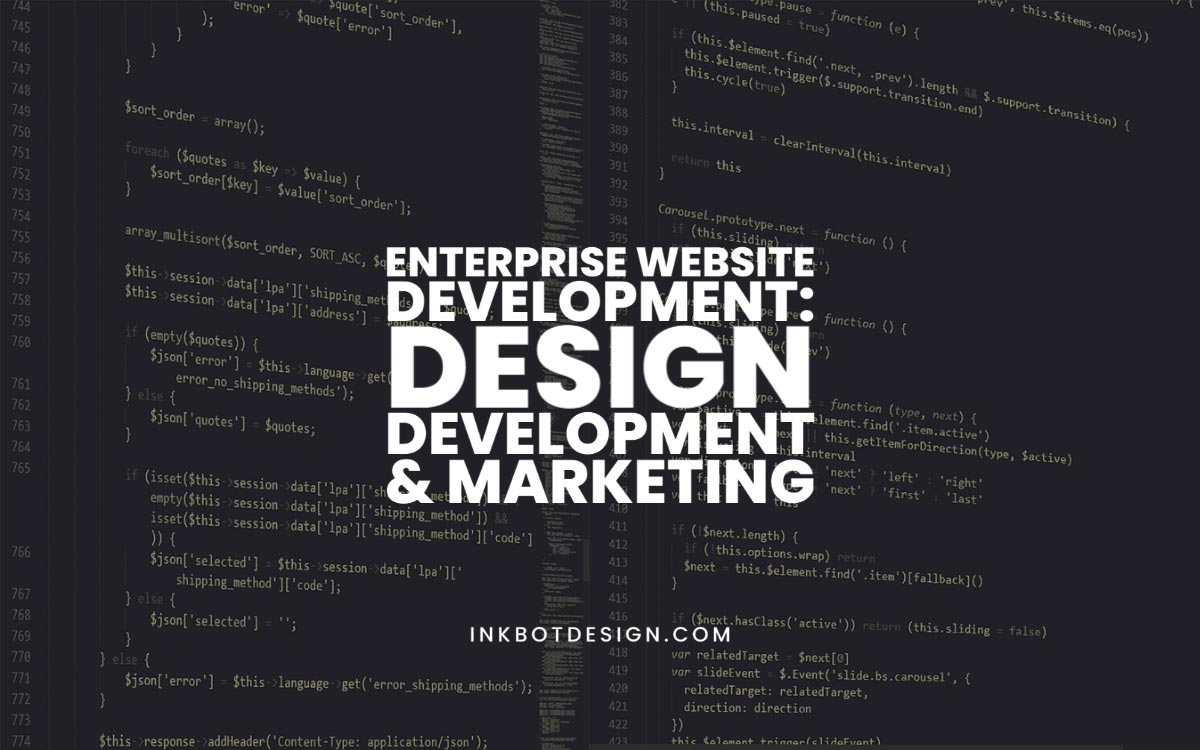
29 Apr Enterprise Website Development: Design & Marketing
Enterprise Website Development: Design & Marketing
Digital presence is vital for brands to reach out to more consumers and cement their popularity in the market.
Consumers currently focus on websites and mobile apps to get products and services quickly.
Statistically, consumers take approximately 50 milliseconds to decide if they like a website (and consequently the brand) or not.
Thus, businesses put much effort into creating dynamic websites with high-quality features to hold customer attention.
However, building a website that caters to more significant enterprises requires more features and development strategies.
The website must perform well, integrate efficiently with powerful tools, and load quickly despite a large amount of content.
Statistically, 85% of users prefer a website that works well on desktop and mobile platforms with equal ease.
Thus, developers focus on configuring an enterprise website that is scalable, user-friendly, multi-purpose, and responsive.
In this context, you can opt for the dynamic Drupal CMS platform to create the enterprise-level website.
Taking help from a reliable Drupal development company would work to understand all levels of the design, development, and marketing process.
For better understanding, this guide discusses all three points in detail.
What Does Enterprise Website Mean?

An enterprise website mainly functions as a dedicated website for big-scale ventures, organisations, or groups.
Some examples of organisations requiring enterprise website development include charities, businesses, schools, and governmental organisations.
Specifically, all organisations that provide high-grade services in exchange for revenue growth manage enterprise websites.
To note, enterprise websites deliver more than a standard CMS website does. Thus, developers need to add particular elements for optimised performance with end-users.
These factors include:
- Intuitive and responsive design
- An ECM (enterprise content management) system with robust strategies and tools
- Brand image-improving elements
- SEO and keyword-ranking-specific strategies
- Factors related to software integration, marketing, build-in editors, cms, etc.
- High-level security features
Brands that create enterprise websites have to target both consumers and other businesses as the audience.
These websites ensure a strong internet presence; that further facilitates brand success, customer reach, and revenue growth.
Enterprise Website Design
Generally, designing a website for businesses comprises adding original layouts and attractive visuals. However, the enterprise website design is much more complicated.
At this level, you need to focus on the user experience more than the website’s user interface.
Statistically, 94% of all user’s first impressions of a website hinges on the design. Thus, UI design, which covers the digital interfaces, tools, and elements of the website’s visual side, is essential.
But, the UX design, which deals with the users’ experience with the responsive quality of a website, is more necessary to retain consumers.
The common trends related to design one must focus on are:
Information Architecture

This trend relates to the structure of the content on the website. There are particular subtypes available.
- Sequential: In this, the content structure is available in a determined step-by-step route for users.
- Hierarchical: There are broader categories that narrow down options as the user clicks through each category.
- Topic: The content in the enterprise website is divided according to specific subjects.
- Matrix: Here, the options are available under filtered sub-categories, like sort by topic, type, and date. Users can click on one option to open the content. This is more common for e-commerce websites.
- Audience: The content in the website is divided according to categories for particular user groups.
- Chronological: The content structure is divided according to the date(s) of publication.
To note, the different structures can overlap in enterprise websites.
Therefore, the brand wants their pages to look more organised; and prefer an easy-to-navigate structure with more CTR (click-through rates) to ensure more conversions.
Limited Choices
Brands must not add too many choices in the website structure or design.
Consumers prefer simpler designs with only minimal choices available for a quicker decision making process.
Here, add the priority choices on the first page; approximately 1-2 actions are acceptable.
Besides, developers can add the rest options on a secondary page for visitors to search for extra information.
Mobile-friendly Design

Current demographics show that mobile devices are more popular with consumers in comparison to desktop options.
Statistically, 57% of users only recommend a website to another user if a mobile version is available. Therefore, an optimal-quality enterprise website must make the website accessible through mobile phones.
Another point to note is that most of the activities occurring online fall under Google search engine demographics.
The search ranking on Google gives higher priority to websites with high-quality site performance, video media integration, and promotional ad accessibility.
So, brands need to create a website supporting multiple devices, including mobiles and PC with varied screen sizes.
This would ensure that your website gets high conversion rates, customer engagement rate, and optimised content structure.
Modernised Design Practices
Brands focus more on creating a compelling design to attract the attention of more visitors.
Here, you can opt for modern design strategies to gain high conversion rates. Therefore, in the UI design of the business website, add user-attracting elements like vibrant colours, icons, retro prints, and animations.
To note, developers follow an F-shape or Z-shape pattern to place action buttons on the web page.
Enterprise Website Development
What Does It Cover?
The size and scope of an enterprise determine how complex a business website should become.
Since the development process requires multiple steps and configurations, it is essential to plan the entire development process strategically.
A properly planned and processed development strategy would ensure the long-term growth potential of the website.
Indeed, hiring the right Drupal development company would ensure that the development process is set up accurately.
Experienced developers would handle design configuration, feature integration, coding, back-end/front-end development, and implementation of tools.
Indeed, having a high level of skills and experience is necessary to manage a website-building process that meets the business objectives.
Some of the services a developer focuses on for enterprise building cover:
- Strategies for UI and UX design
- Brand analysis
- Content strategy
- Market research and competitive research
- Digital marketing
- Responsive Design and Development
- JavaScript, PHP, and HTML5 coding
- SEO audits
- Maintenance
- Database creation
- Customer support
Enterprise Website Development Process
The procedure for enterprise website development includes the following steps:
- Creating a roadmap to understand and narrow down the purpose or end-goal of the website
- Researching the expected consumer audience or a targeted audience group
- Creating and documenting the features or specifications you wish to add to the website
- Planning the technological platforms and software that the developer can apply in the development process
- Choosing third-party APIs for the website
- Creating a wireframe or MVP of the visual elements that would appear in the web design
- Preparing the setup of the database structure
- Website development setup with pre-planned programming languages, back-end and front-end infrastructure, tools, and design elements
- Testing the enterprise website and running quality assurance checks before deployment
- Launching the website in the respective operating systems
- Keeping a lookout for new tech-supportive trends, doing constant upgrades, and maintenance
A team of expert Drupal developers can handle all the given steps of development for enterprise websites.
Yet, it is best for brand owners to note the procedure beforehand to contribute to and monitor the development process properly.
Features To Focus On During Enterprise Website Development

To ensure consumers utilise scalable websites and increase conversion rates, brand owners must ensure that the site has particular features.
They are detailed below.
Scalable
Brands should make sure that the enterprise website is scalable.
It should have the capacity to handle considerable resources and workload without hampering the website performance and structure.
In contrast, non-scalable websites cannot handle the complex workload and would have multiple errors.
Some points to the scalability of a platform include robust database services and multi-location accessibility.
Also, ensure that the website is running at all times. Optimise the performance of the website to get a high SERP ranking.
Not to mention, the enterprise website should have a self-malfunction sensor ability to catch and rectify malfunctions.
Performance-centric
Without a doubt, the performance quality of the website is one of the most critical factors entrepreneurs must focus on.
Statistically, retail website owners lose approximately $2.6 billion each year in sales when the websites have low loading speed.
Such losses are visible in many industries that require enterprise-level websites.
It would be best if you took measures to improve the performance quality of your website to prevent high losses.
Here, take out unnecessary actions, whitespaces, codes, or formatting that takes more page space and increase loading time.
Use a reliable global CDN that helps with website caching and minimise on-page components like scripts, stylesheets, and images.
Also, compress the bigger files with Gzip to decrease the size of rich content.
Security
Security is a critical concern for enterprise websites since brands conduct multiple tasks through the network.
Any attacks on one or more sections of the website can lag the entire system.
So, conduct continuous tests and debugging tactics throughout the website development period.
Modify the source codes to safeguard the data and also use a dependable hosting environment.
Moreover, you should not add many plugins and run frequent plugin and software updates.
In case plugins are necessary, make sure to choose an option from a reliable supplier.

Multi-support
Enterprises have many websites and applications running at the same time for different parts of their business operations.
Hence, developers should ensure that the enterprise website can work as a single interface for many websites.
Thus, brand owners can use this one platform to execute different tasks without compromising on consistency.
Moreover, you should make sure that the website can integrate with more than one device as well.
Therefore, brand owners and employees can access the site from different locations, networks, and devices.
Thus, multi-device support is a necessary point to focus on for brands.
User-friendly structure
Consumers desire platforms that they can use quickly, easily, and for multiple end-goals. Thus, during enterprise website development, developers must focus on website usability carefully.
Here, add components like a simplistic layout, intelligent search options, and negative spaces on the page.
The latter helps the site look less cluttered, and the critical components stand out.
Also, highlight the buttons that act to make them more noticeable.
Creating an overall sitemap beforehand effectively maintains proper steps, site structure, and content hierarchy on the pages.
Extensible
Lastly, brands should make sure that they can include different technologies even after the development process completes.
So, developers add further extensions and third-party integration capabilities into the website.
This helps an entrepreneur branch out their business operations and improve website functionality.
Enterprise Website Marketing
Following the development process, the next thing to focus on is marketing the website.
Indeed, using influential marketing trends ensure growth in brand diversity and brand awareness.
Also, multi-channel marketing is a valuable tactic you can use to promote the enterprise website to a bigger audience.
Some of the main tactics you can use in this context include:
Enterprise SEO

One of the best marketing strategies to adopt is the Enterprise SEO (Search Engine Optimisation) option.
With this, developers create one template that covers many web pages.
Brands can use this dynamic SEO tactic to boost ranking alongside the general SEO marketing techniques.
Under Enterprise SEO, brand owners can optimise all of their websites in one go.
This makes it easier for the SERP ranking of the website to increase quickly. Here, experts suggest extending the Dynamic SEO configuration to Local SEO.
Enterprises often have audience reach on a global scale. This partnership allows businesses to reach multiple regions simultaneously.
Data Sharing
It is essential to know their interests and provide a solution that makes them your raving fan to connect with consumers.
Thus, collecting information about consumers is an essential step that enterprises conduct during the research period.
Based on this data, brands can understand their customers’ shopping trends and predict what they might buy next.
Thus, marketers can target their segmented audiences with attractive shopping options, offers, and content.
However, the concern of data privacy comes up here. This is because enterprises collect detailed personal data of consumers to make predictions.
Here, your enterprise’s marketing team should focus on the international laws for data collection, such as the GDPR rules.
Proper precautions are important to ensure safe and legal data sharing.
Social Media Marketing
Multiple organisations are using social media platforms to reach new customers and boost sales.
Statistically, more than 3.5 billion users are active on social media platforms daily. Thus, marketers of businesses mainly utilise social media content to promote their website content, products, and business.
Social media platforms act as a direct discovery-to-sales mode to a more effortless user experience.
However, multiple retail brands need to adopt new rules to engage in social commerce successfully.
It is expected that in the future, enterprises can use social media platforms as direct sales channels.
Here, brands need to market their audience and gain trust to achieve repeated sales. Hence, you can decrease the number of social media channels you use for brand promotion to only a few suitable options.
Through the enterprise website, Drupal developers can partner with automation software systems like Hubspot.
This is useful to manage multiple channels, regulations, and audiences from one platform.
Advertisements

For marketing purposes, enterprise websites include different promotional ad types for all platforms.
These include options like video ads, banner ads, text ads, native ads, and display ads.
Pay-per-click (PPC) ads are among the most common advertisement options brands use to promote their products and services through websites.
For a better marketing experience, you can opt for PPC ads as well. This involves paid promotion ads that generate revenue for brands after a visitor clicks on the featured ad.
In this context, brands must innovate their ad campaign to better suit the enterprise website structure and reach. Multiple users use ad blockers to stop repetitive ads.
So, instead of depending solely on PPC ads, enterprise businesses should look into other advertising mediums.
Funnelling the marketing budget into multiple ad campaign types would increase the likelihood of higher user engagement.
For example, investing in sponsored content and influencer marketing can boost revenue growth potential for enterprises.
Indeed, the majority of the user demographic of social media platforms are younger generations like Millennials.
These consumers respond better to subtle influencer marketing tactics than PPC ads.
Conclusion
Therefore, you understand which group to target and their interests to prepare a usable enterprise marketing strategy.
Brands can expect higher profit growth afterwards.
Overall, you should follow proper steps, conduct research, and take the support of experienced experts. That would help you with the design and development phases as well.
Author Bio: Abhishek Dhariwal is a Chief Technical Officer at AddWeb Solution, an Enterprise Web Development Company. He has worked on 100+ drupal projects and has been a core contributor to the Drupal community: vivid Tennis Player | Electronics Geek | Father Of Two Loving Kids.



